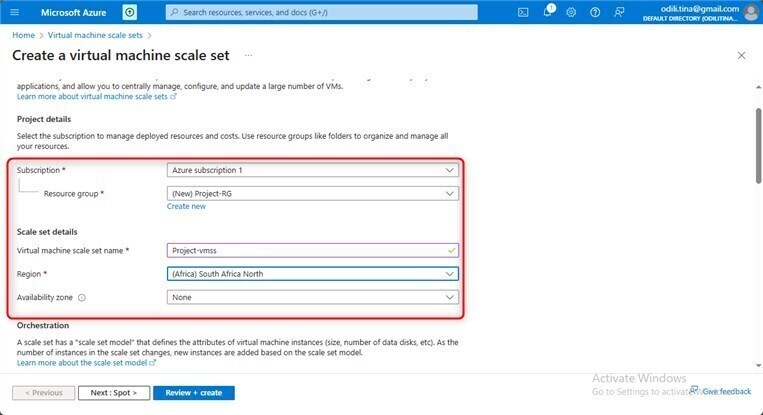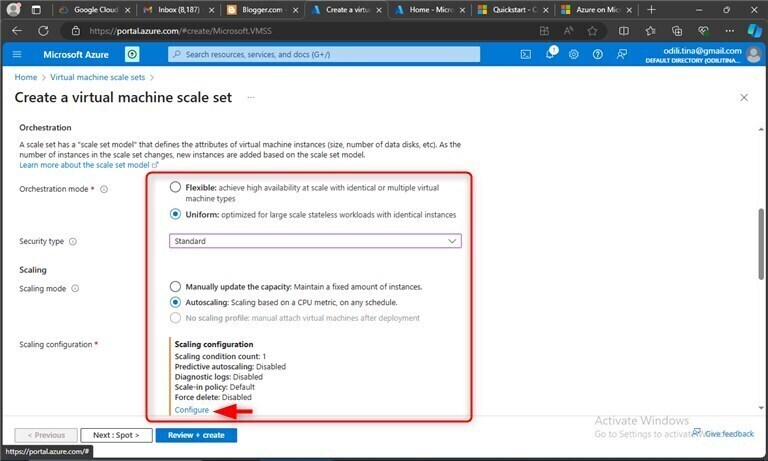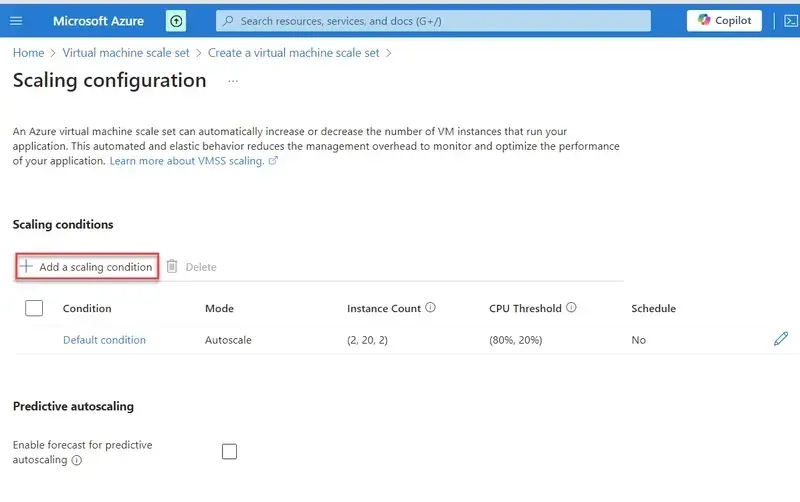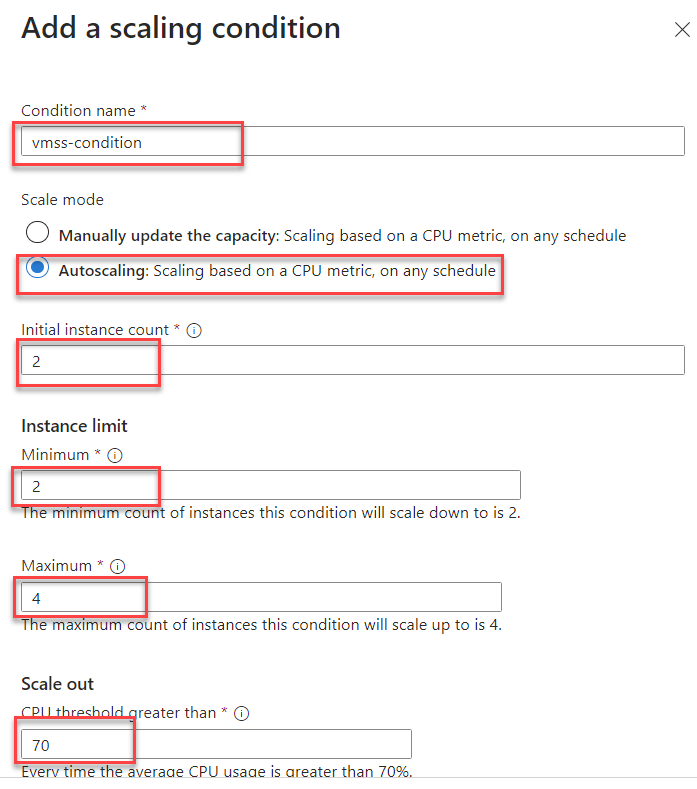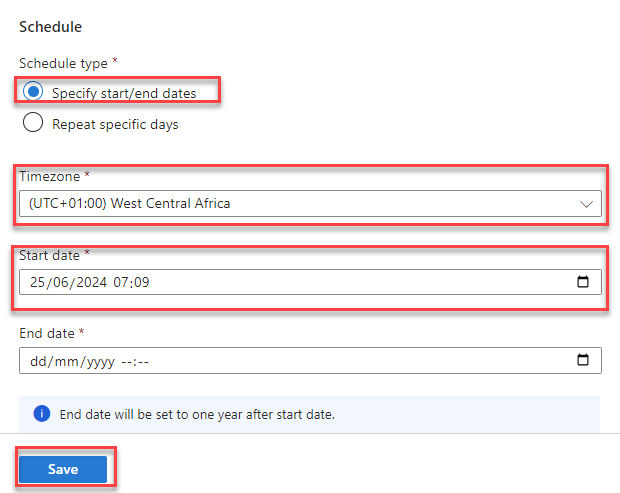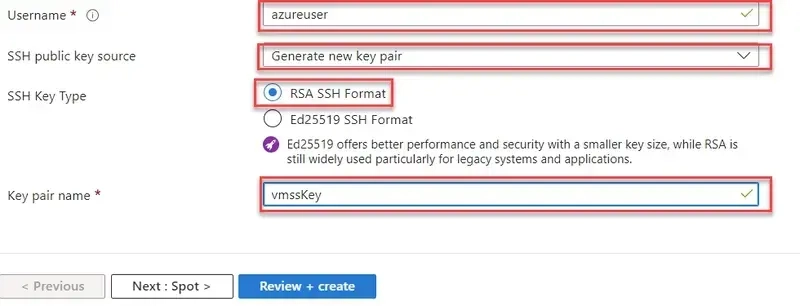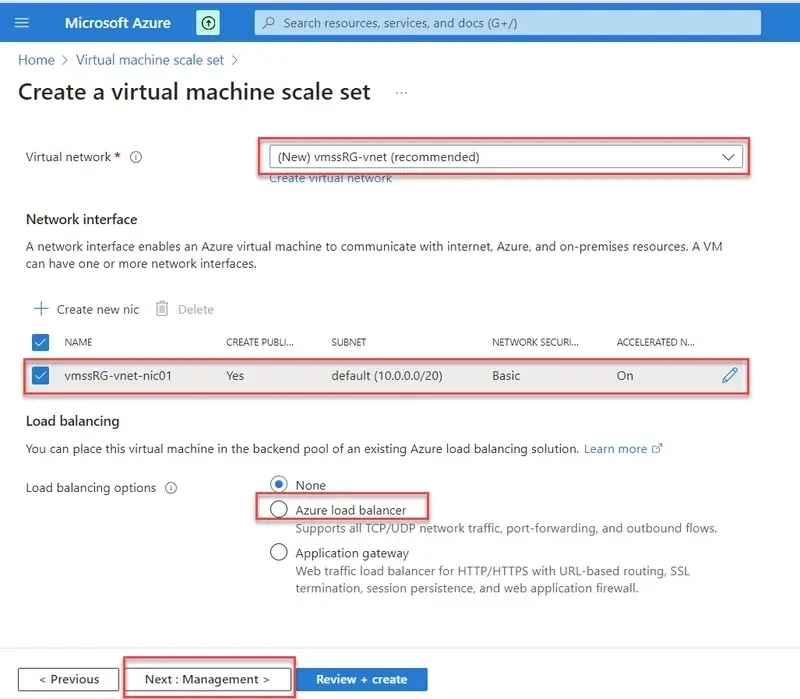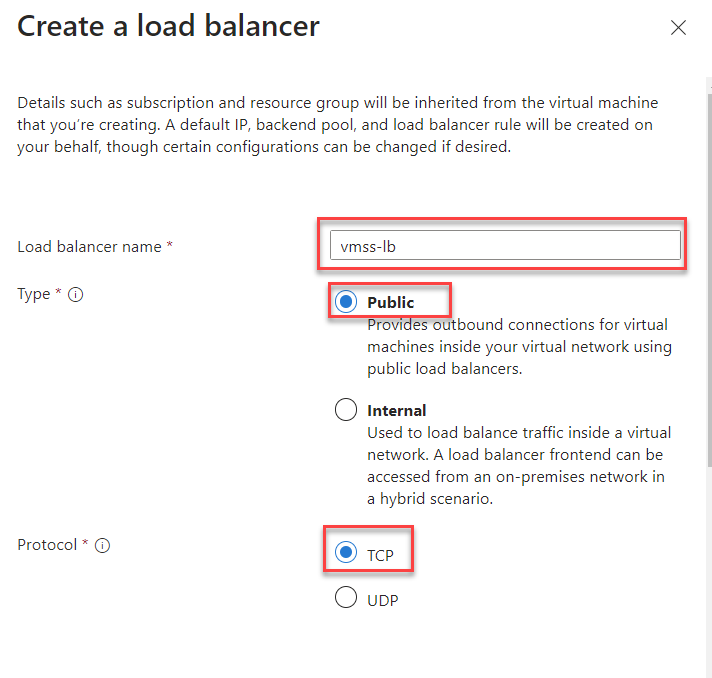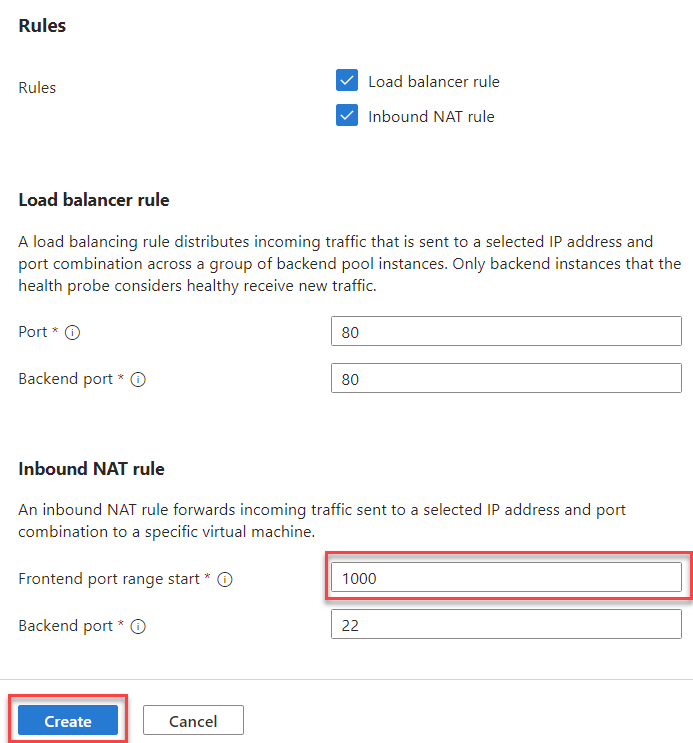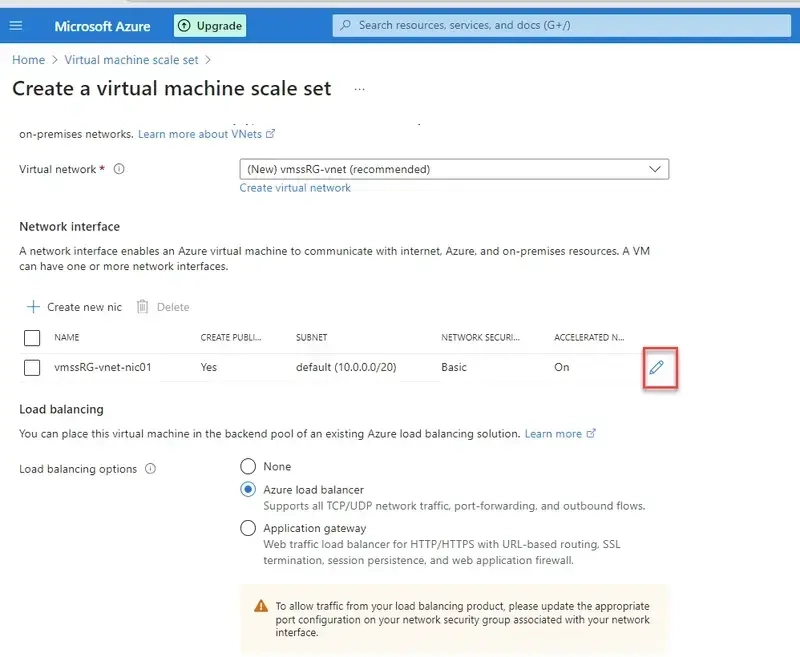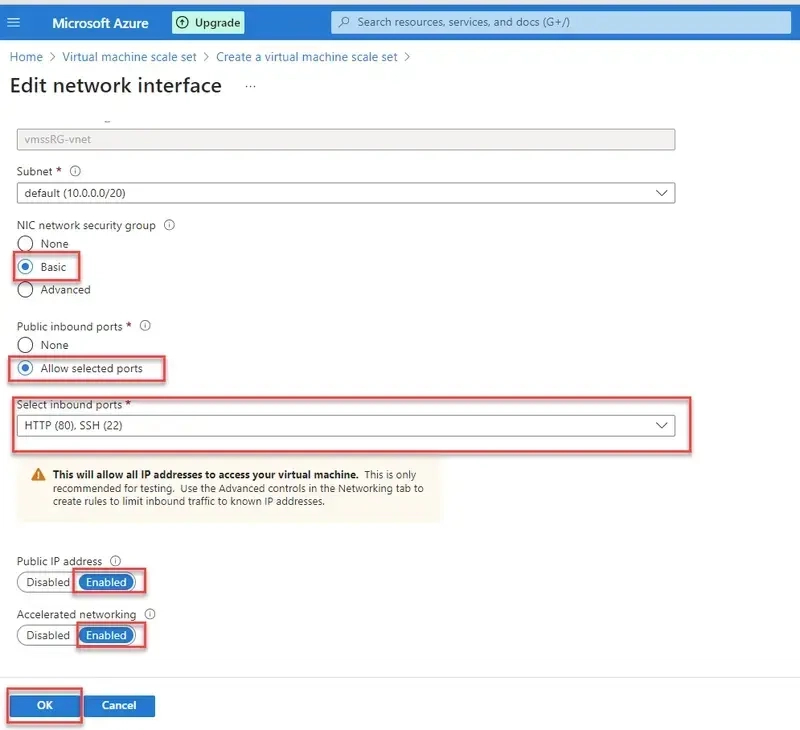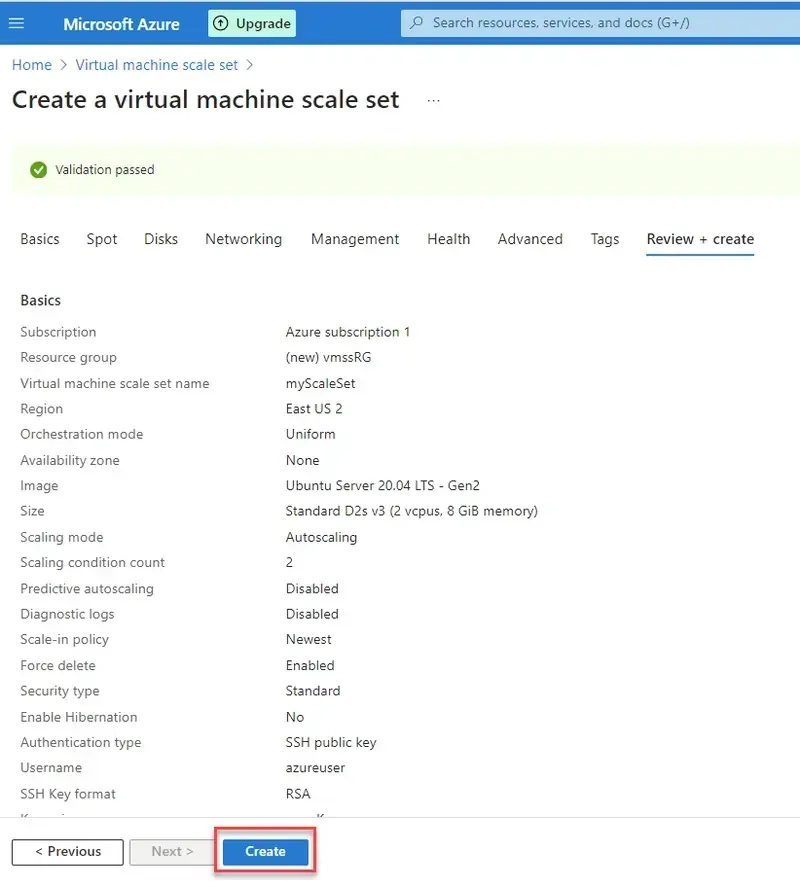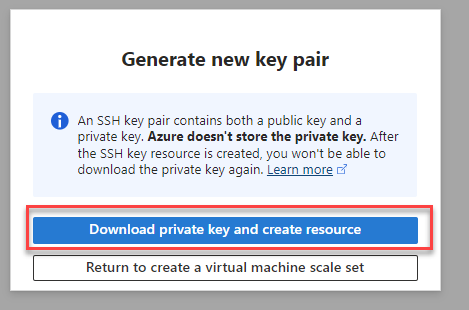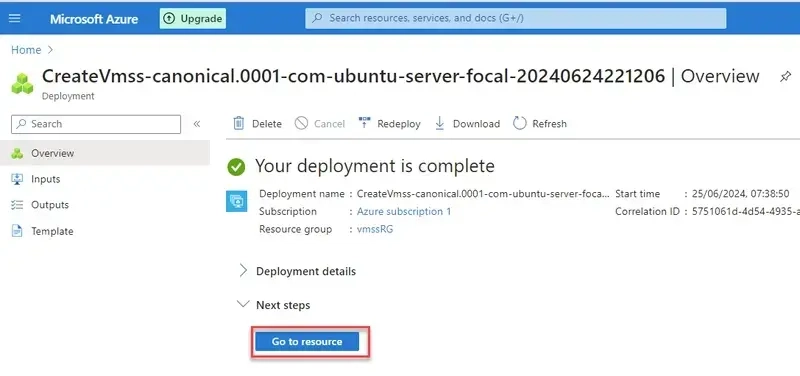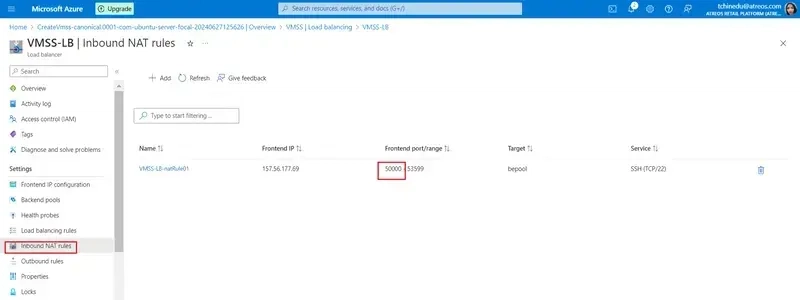Azure VMSS: Deploy & Connect via SSH.
Azure Virtual Machine Scale Sets (VMSS) help you deploy and manage identical VMs that auto-scale based on demand. In this guide, we’ll: ✅ Create a VM Scale Set in Azure ✅ Connect via SSH ✅ Install and Test Nginx (a lightweight web server) Perfect for beginners! Let’s get started. Step 1: Create a VM Scale Set in Azure 1. Log in to Azure Portal : Go to portal.azure.com and sign in. 2. Create a VM Scale Set Click "Create a resource" > Search for "Virtual Machine Scale Set" > Create. Fill in the details: Resource Group: Create new (e.g., my-vmss-rg). Name: Add a name.(e.g,my-vmss) Region:Select a Region that is close to your area (East US). Image: Ubuntu Server 22.04 LTS Size: Standard_B1s (cheap for testing) Orchestration mode: Select Uniform. Security type: Select Standard. Scaling mode: Choose the Autoscaling option. 3. Configure Scaling. Instance count: Start with 2 VMs. Scaling policy: Manual (or set auto-scaling rules later). 4. Add SSH Authentication Authentication type: SSH public key. Username: azureuser SSH public key: Paste your key (or generate one). Enter the Key pair name. 5. Network Configuration Set the load balancer,choose a type. Create a Network Interface. Allow inbound SSH (port 22) and HTTP (port 80). 6. Review & Deploy Click Review + Create > Create. Select the Download private key and create Resource. After the deployment is completed, click on the Go to resource. Step 2: Connect via SSH & Install Nginx 1. Find the Public IP Go to your VMSS > Networking > Check the Load Balancer’s Public IP. 2. SSH into a VM Instance Open Terminal (Linux/macOS) or PowerShell (Windows) and run: ssh -i ~/.ssh/your_private_key azureuser@ (Replace your_private_key and with your details.) 3. Install Nginx Once logged in, run: sudo apt update && sudo apt install nginx -y 4. Verify Nginx is Running sudo systemctl status nginx (You should see active (running).) 5. Test in Browser Open a browser and enter the Public IP of your VMSS. You should see the Nginx welcome page!

Azure Virtual Machine Scale Sets (VMSS) help you deploy and manage identical VMs that auto-scale based on demand. In this guide, we’ll:
✅ Create a VM Scale Set in Azure
✅ Connect via SSH
✅ Install and Test Nginx (a lightweight web server)
Perfect for beginners! Let’s get started.
Step 1: Create a VM Scale Set in Azure
1. Log in to Azure Portal : Go to portal.azure.com and sign in.
2. Create a VM Scale Set
- Click "Create a resource" > Search for "Virtual Machine Scale Set" > Create.
- Fill in the details:
-
Resource Group: Create new (e.g.,
my-vmss-rg). -
Name: Add a name.(e.g,
my-vmss) - Region:Select a Region that is close to your area (East US).
-
Resource Group: Create new (e.g.,
- Image: Ubuntu Server 22.04 LTS
- Size: Standard_B1s (cheap for testing)
- Orchestration mode: Select Uniform.
- Security type: Select Standard.
- Scaling mode: Choose the Autoscaling option.
3. Configure Scaling.
-
Instance count: Start with
2VMs.
- Scaling policy: Manual (or set auto-scaling rules later).
4. Add SSH Authentication
- Authentication type: SSH public key.
-
Username:
azureuser - SSH public key: Paste your key (or generate one).
- Enter the Key pair name.
5. Network Configuration
- Set the load balancer,choose a type.
- Create a Network Interface.
- Allow inbound SSH (port 22) and HTTP (port 80).
6. Review & Deploy
- Click Review + Create > Create.
- Select the Download private key and create Resource.
- After the deployment is completed, click on the Go to resource.
Step 2: Connect via SSH & Install Nginx
1. Find the Public IP
- Go to your VMSS > Networking > Check the Load Balancer’s Public IP.
2. SSH into a VM Instance
Open Terminal (Linux/macOS) or PowerShell (Windows) and run:
ssh -i ~/.ssh/your_private_key azureuser@
(Replace your_private_key and
3. Install Nginx
Once logged in, run:
sudo apt update && sudo apt install nginx -y
4. Verify Nginx is Running
sudo systemctl status nginx
(You should see active (running).)
5. Test in Browser
- Open a browser and enter the Public IP of your VMSS.
- You should see the Nginx welcome page!


































































































































































![[The AI Show Episode 143]: ChatGPT Revenue Surge, New AGI Timelines, Amazon’s AI Agent, Claude for Education, Model Context Protocol & LLMs Pass the Turing Test](https://www.marketingaiinstitute.com/hubfs/ep%20143%20cover.png)










































































































































































































































































_Muhammad_R._Fakhrurrozi_Alamy.jpg?width=1280&auto=webp&quality=80&disable=upscale#)
_NicoElNino_Alamy.jpg?width=1280&auto=webp&quality=80&disable=upscale#)































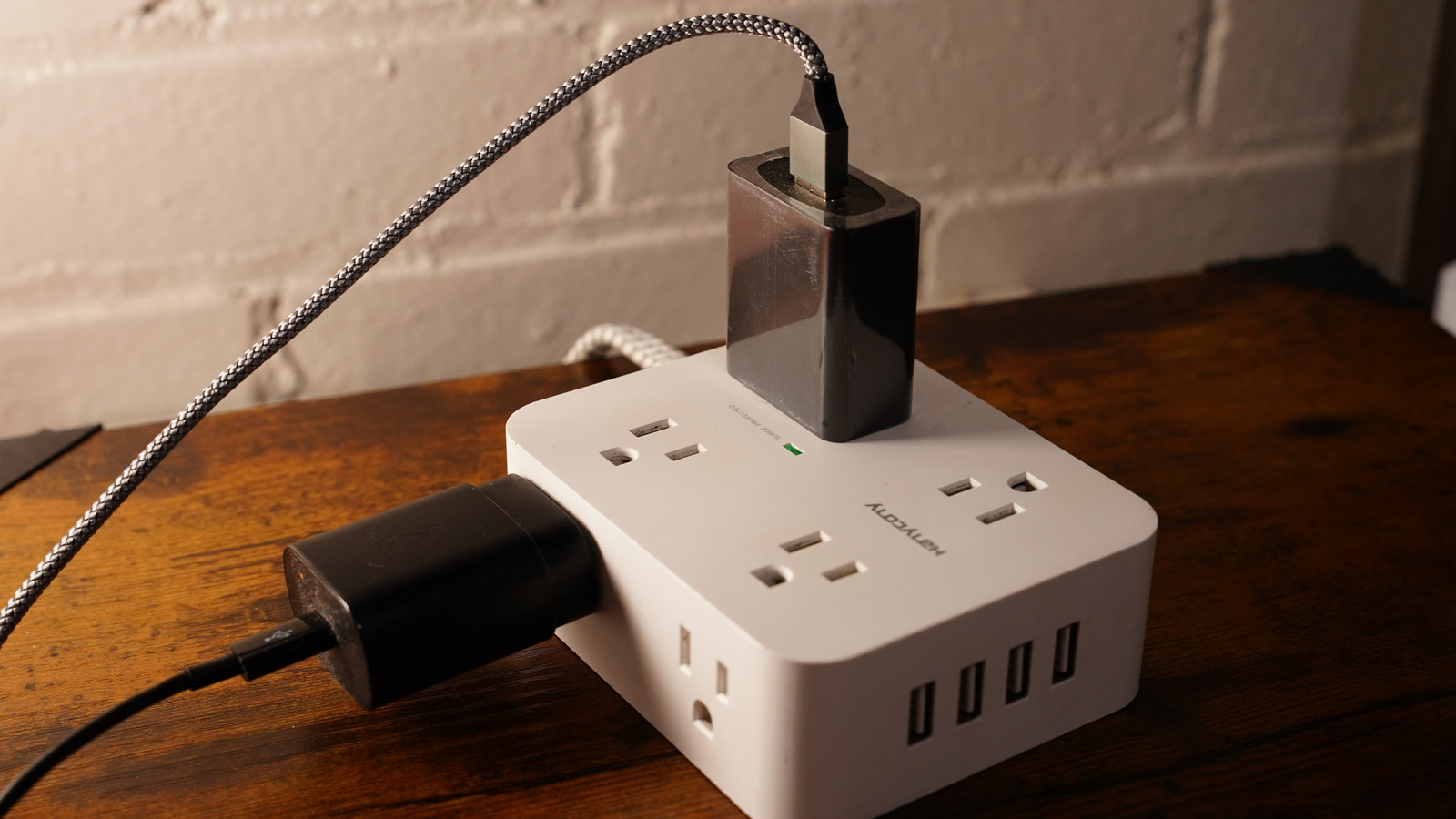









































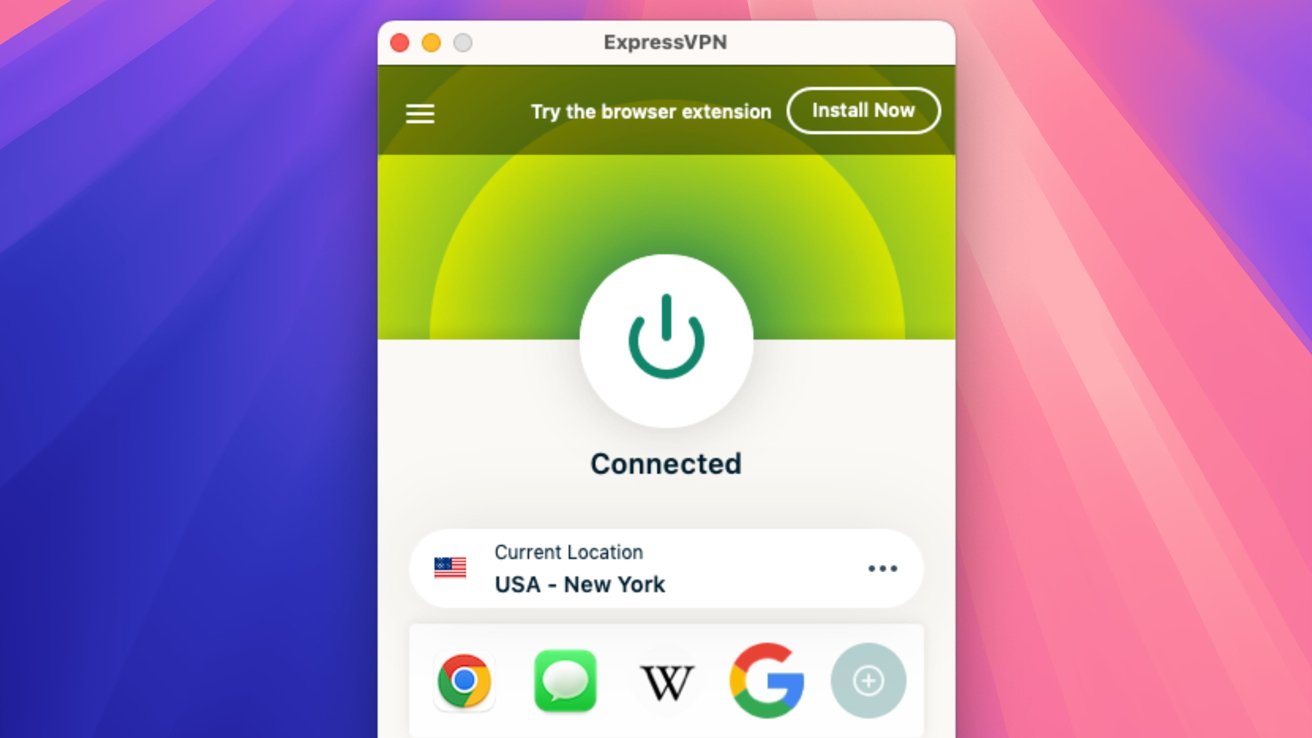











![macOS 15.5 beta 4 now available for download [U]](https://i0.wp.com/9to5mac.com/wp-content/uploads/sites/6/2025/04/macOS-Sequoia-15.5-b4.jpg?resize=1200%2C628&quality=82&strip=all&ssl=1)




![What’s new in Android’s April 2025 Google System Updates [U: 4/28]](https://i0.wp.com/9to5google.com/wp-content/uploads/sites/4/2025/01/google-play-services-3.jpg?resize=1200%2C628&quality=82&strip=all&ssl=1)












![AirPods Pro 2 With USB-C Back On Sale for Just $169! [Deal]](https://www.iclarified.com/images/news/96315/96315/96315-640.jpg)
![Apple Releases iOS 18.5 Beta 4 and iPadOS 18.5 Beta 4 [Download]](https://www.iclarified.com/images/news/97145/97145/97145-640.jpg)
![Apple Seeds watchOS 11.5 Beta 4 to Developers [Download]](https://www.iclarified.com/images/news/97147/97147/97147-640.jpg)
![Apple Seeds visionOS 2.5 Beta 4 to Developers [Download]](https://www.iclarified.com/images/news/97150/97150/97150-640.jpg)



















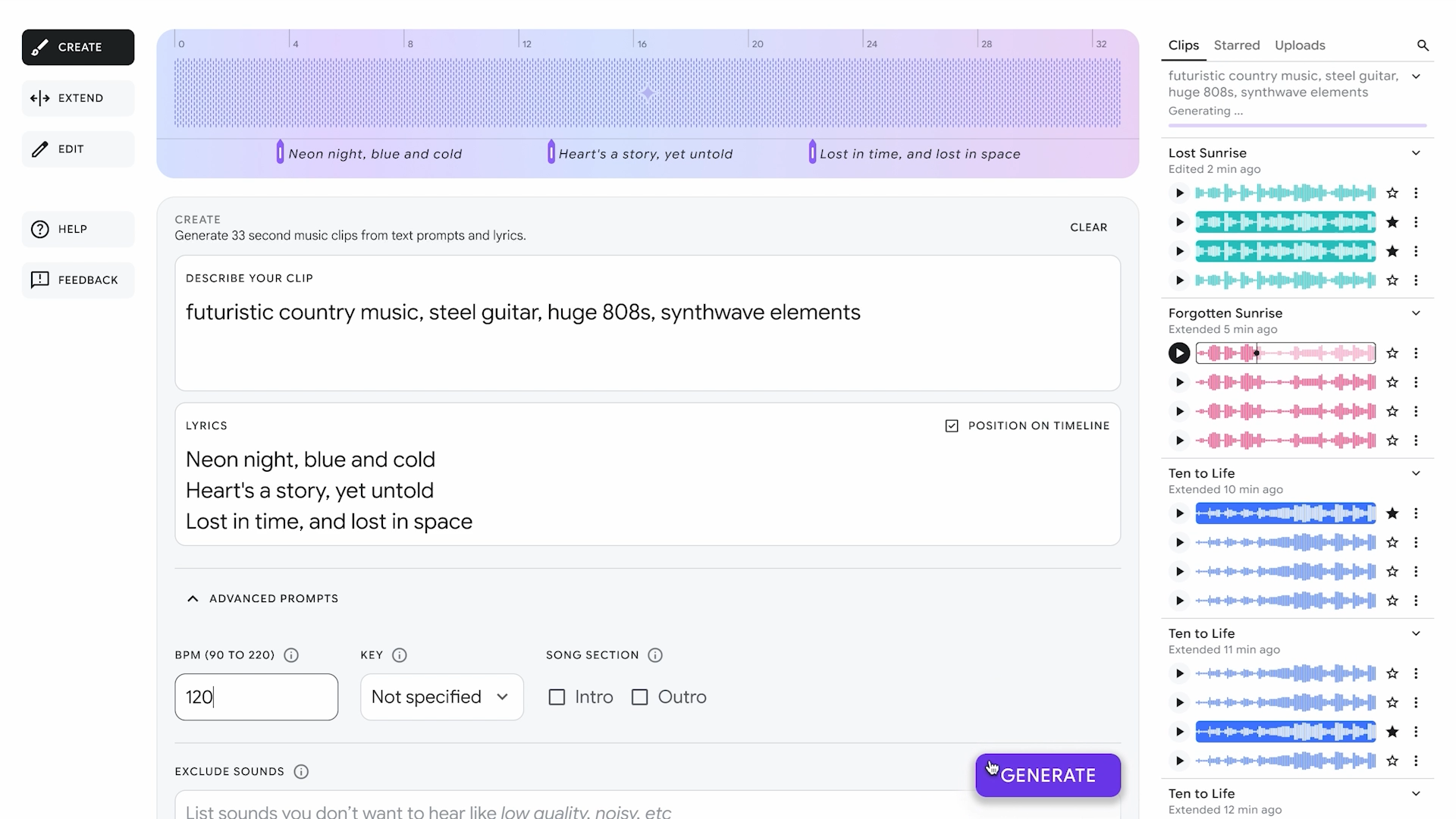




















![Apple Seeds Fourth Beta of iOS 18.5 to Developers [Update: Public Beta Available]](https://images.macrumors.com/t/uSxxRefnKz3z3MK1y_CnFxSg8Ak=/2500x/article-new/2025/04/iOS-18.5-Feature-Real-Mock.jpg)
![Apple Seeds Fourth Beta of macOS Sequoia 15.5 [Update: Public Beta Available]](https://images.macrumors.com/t/ne62qbjm_V5f4GG9UND3WyOAxE8=/2500x/article-new/2024/08/macOS-Sequoia-Night-Feature.jpg)






















































